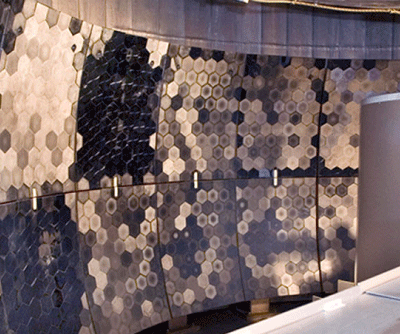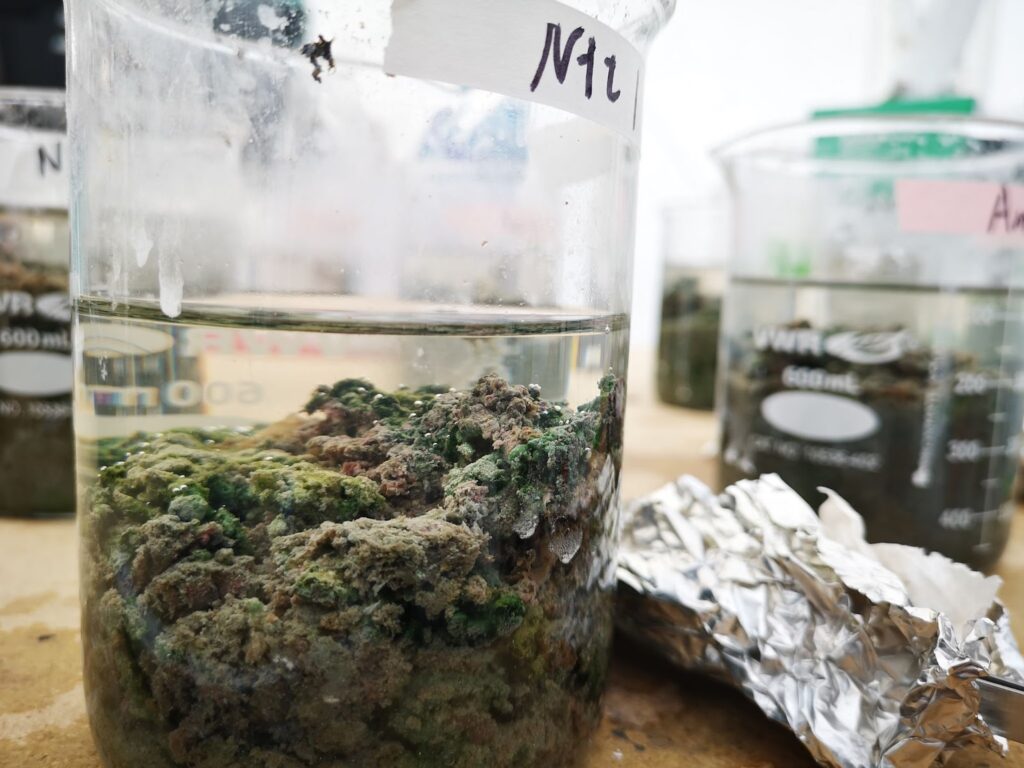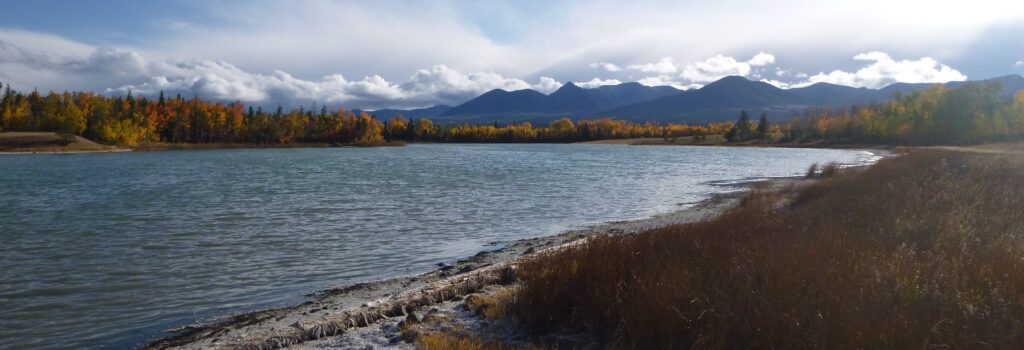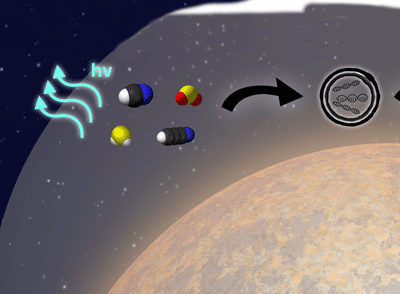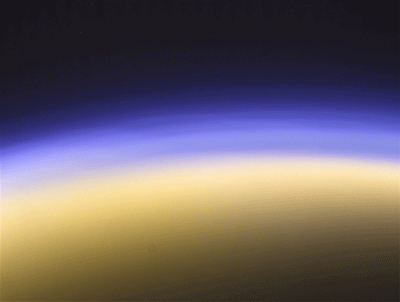Nanoscale Structure and Dynamics in Geochemical Systems
Neutron scattering is a powerful tool to elucidate the structure and dynamics of systems that are important to geochemists, including ion association in complex aqueous solutions, solvent-exchange reactions at mineral–water interfaces, and reaction and transport of fluids in nanoporous materials. This article focusses on three techniques: neutron diffraction, which can reveal the atomic-level structure of aqueous solutions and solids; quasi-elastic neutron scattering, which measures the diffusional dynamics at mineral–water interfaces; and small-angle neutron scattering, which can show how properties of nanoporous systems change during gas, liquid, and solute imbibition and reaction. The usefulness and applicability of the experimental results are extended by rigorous comparison to computational simulations.
Nanoscale Structure and Dynamics in Geochemical Systems Read More »


